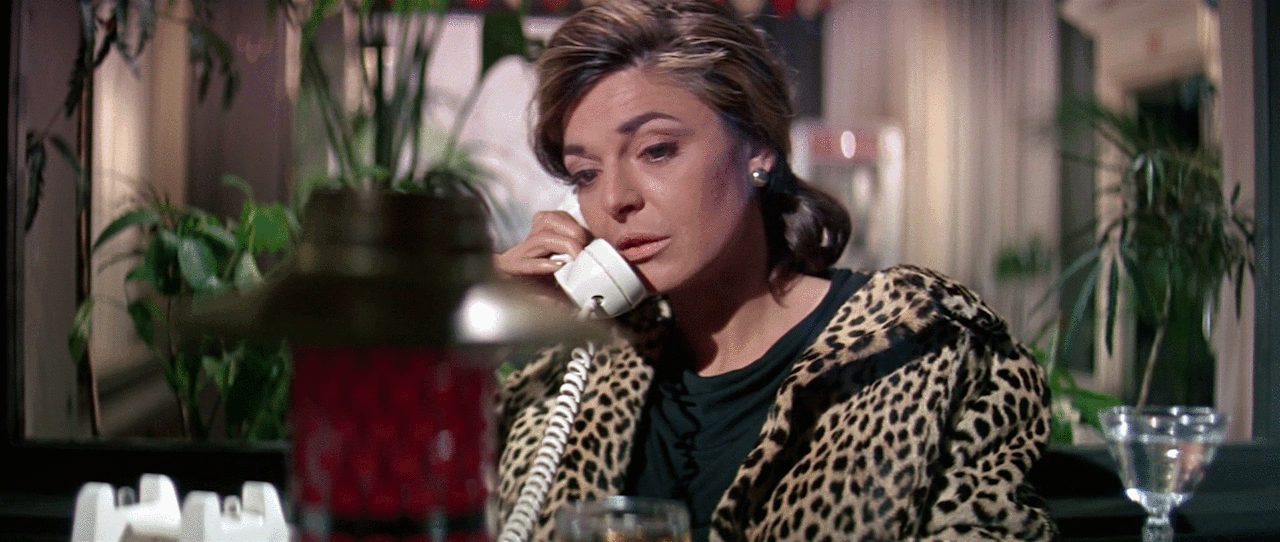This year, we’ve seen a leopard print takeover on the catwalks and on our Instagram feeds, with animal print becoming increasingly popular as we fade into the chillier months of Autumn.
Leopard print has been in and out of fashion for over a hundred years. Worn by everyone from the infamous to the aristocratic, it has earned its reputation as a stand-out wardrobe piece. But what does leopard print mean to us now, and how does it symbolise the progress of women and femininity over the years?
In the natural world, a leopard’s fur is essential camouflage, designed to blend in rather than stand out. It works beautifully; animals all over the world bear similar patterns to the majestic big cat, providing a velvet cloak of invisibility whilst hunting prey or hiding from potential predators. In our reality, however, it serves as quite the opposite.
Picture a full-length leopard fur coat, a cigarette and red lips. This image is subconsciously known to us all; the daring and slightly daunting Mrs Robinson figure has appeared in famous books, songs and films across the Western world. As late as the 60s, leopard print was worn by none other than bold, outspoken women whose goal was to corrupt and seduce good men (or boys). Below her coat one would undoubtedly find a black lace bra and a leopard half-slip from her rather extensive lingerie collection. The ultimate, scarily chic, symbol of sexual availability.
Over the years, leopard print has had its highs and lows in the world of fashion. In the 1920s, a gorgeous animal fur coat would symbolise class and high status. By the 1960s, the development of the anti-fur movement, alongside the introduction of the predatory trophy wife image, brought the status of the print crashing down. It was dismissed as low class – trashy and flashy. It underwent a transformation yet again in the 70s and 80s, a revival in the name of Rock and Roll. Leopard print was reinvented in the era of glam rock, embraced by female music icons such as Debbie Harry and Madonna, alongside hot pants and skin-tight bodysuits. Adding yet another dimension of promiscuity, this combination also lent its wearer a strength that it hadn’t done before. It was hardly designed for the innocent; Christian Dior himself warned women: “If you are fair and sweet, don’t wear it.” These women weren’t predators, but they certainly were not prey.
Now, in the present day, women of all socioeconomic backgrounds with varying levels of confidence don leopard print to work in the office, to attend university, or to go out and party into the small hours of the night. The improved quality of faux fur also makes it more ethically acceptable to don leopard print every now and then. A bold leopard print continues to bring a burst of colour into our fashionably neutral wardrobes, always there to liven up any outfit. The modern-day woman wears leopard print with no consequences and no judgement from passers-by. While seemingly insignificant, the evolution of leopard print is immensely positive for the female fashionista; we no longer have to wear pink to be regarded as feminine, and being bold in our tastes is more often than not applauded.
Both fierce and feminine all at once, leopard print is a classic that demands respect. Its relationship with designers has been turbulent, but at the end of the day, a leopard never changes its spots.
by Christy Bucklow
Image: Reddit

